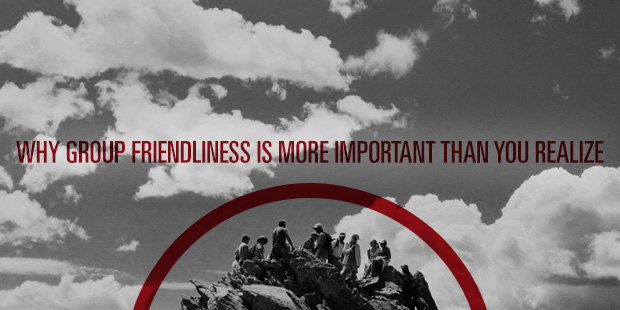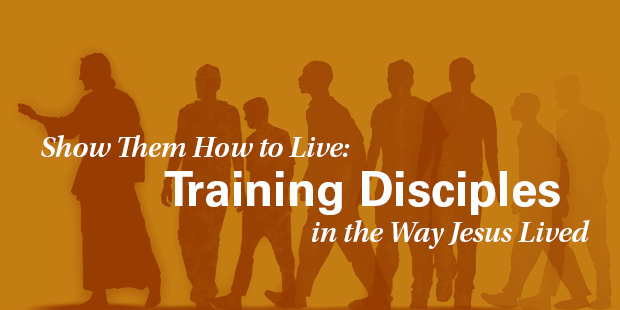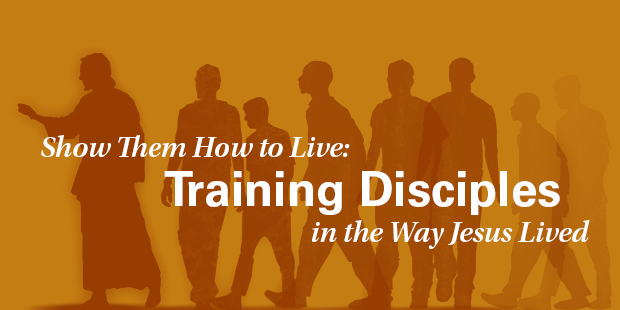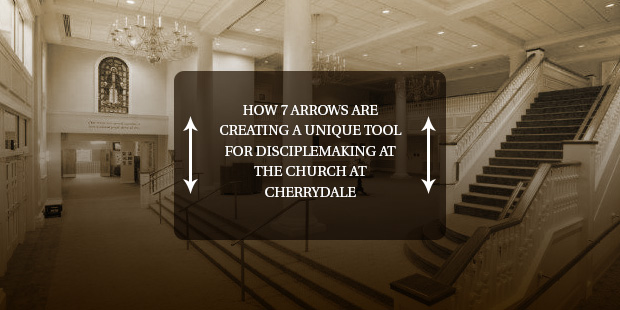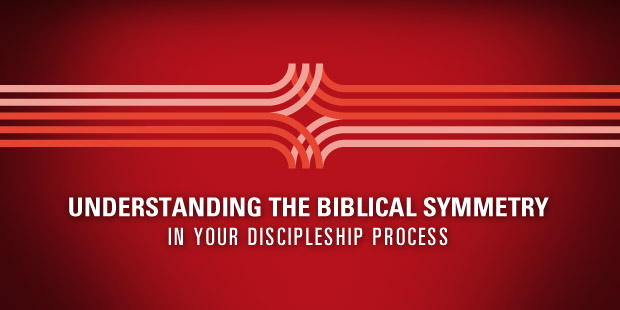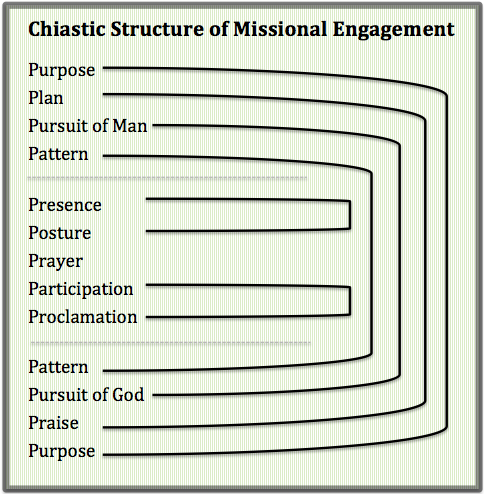What Are We Missing in Discipleship?
Lately there’s been a lot of talk about spiritual formation and discipleship, and rightfully so. I think we can all agree there’s a discipleship deficit in many churches. There isn’t a whole lot of discipling going on, even though that’s precisely what we, as Jesus’ followers, were commissioned to do—make disciples.
A Pathway to Maturity
If we can agree that spiritual maturity is the goal for disciples, how do we achieve it? How does God expect us to disciple? Though essential (and actually a gift from God), having a desire for spiritual growth is not enough in the Christian life; we must be on the path. That’s one of the reasons why we call this a “spiritual walk.”
If you’re just hoping disciples will somehow find their way through the spiritual jungle, you are fooling yourself. There are many distractions and pitfalls. Jesus had warnings about those who make it difficult for seekers to find their way.
And while you as a pastor or leader will have to break out the machete at times to clear overgrown paths, others have already blazed a trail and left us some good markers. Paul was such a trailblazer, making more than just a few disciples. So I think we can learn from his process.
A Path to Growth
We have found through Transformational Discipleship research that there is a progression, a path involved in making disciples. But, that’s just a reflection of the biblical realities showing up in our research of churches.
Paul writes of this path in his letter to the Colossians:
“For this reason also, since the day we heard this, we haven’t stopped praying for you. We are asking that you may be filled with the knowledge of his will in all wisdom and spiritual understanding, so that you may walk worthy of the Lord, fully pleasing to him,bearing fruit in every good work and growing in the knowledge of God” (1:9–10, HCSB).
Here are three things that mark the path of spiritual formation:
1. Knowing
Being filled with the knowledge of God’s will is a vital part of becoming a disciple of Jesus. We can tell people to be more like Jesus all day long, but if they don’t know Jesus, they won’t be like him. This knowing happens individually, and through relationships.
Reading the Bible is obviously essential here. Show me someone who isn’t reading the Word of God, and I will show you someone who isn’t growing deeper as a believer.
The psalmist says to God, “Your word is a lamp for my feet and a light on my path” (Psalm 119:105). The path to spiritual maturity is lit by the Word.
Historically, there were people employed to carry lights so that others could see the path at night. On the community level, pastors and leaders are to facilitate the walk by carrying the light—the Word—out in front.
This involves teaching and mentoring. Then people have to see that light at their own feet—as the word they carry lights their individual path.
Learning facts found in the Bible won’t make you a Christian, but if we ignore the light of Scripture, we won’t be able to stay on the path to spiritual development.
2. Being
We don’t learn about God to become theological encyclopedias. Rather, we learn and know so we can be. That’s learning to walk worthy by being, increasingly, who we are in Christ.
There is a mysterious transfer of spiritual DNA that occurs as a believer walks the path of discipleship. It is a becoming.
It’s true in every area of life. The more time you spend with a mentor, read a certain author, or listen to a certain speaker, the more you will begin to think like that person.
The same is true when we walk with the Lord—the very nature of walking with the Lord helps us to walk worthy. Walking with him shapes us to be like him—to walk worthy.
In Romans, Paul talks about this kind of being in our spiritual walk—being who we are in Christ.
He says, “Do not be conformed to this age, but be transformed by the renewing of your mind” (Romans 12:2). We begin to walk in a manner worthy of the Lord when we take on his traits as his children.
Scripture tells us that Adam, Enoch, Noah, and Abraham walked with God. They knew God well, and that affected how they lived. We need to make it clear that this spiritual path can be walked. Disciples can, by and in the power of Christ, walk with God into a deeper spiritual life.
3. Doing
Just as our mindsets are formed by our training and belief, our actions flow from who we are.
Knowing who you are in Christ, then being who you are in Christ (by walking worthy), leads you do doing the work of God. (Getting them in the wrong order is a problem… )
Everyone looks forward to the day a baby can walk. But that development is not the end of their journey. After they walk, they are expected to contribute in other ways, from chores around the house to getting an education, and eventually a job. When they produce in these areas, it is a sign of maturity. It means the child understands the path he or she is on.
It is one thing to be told to clean your room. But when the child starts cleaning their own room and also volunteers to clean up the neighborhood, you know they get it.
Bearing fruit in every good work is an indicator of development. Just as no one becomes a believer by knowing more about God, no one is redeemed by doing good things for God. But being a disciple will inevitably result in doing the work of a disciple—not just doing good things but also bearing fruit.
We do good works not just so good things are done, but as Jesus taught, “So that [people] may see your good works and give glory to your Father in heaven” (Matthew 5:16). That is bearing fruit.
If being a disciple is about taking on Christ’s traits, producing fruit is about exhibiting the presence of Jesus. We were designed to produce spiritually. He is the vine. We are the branches.
Paul tells the church at Ephesus, “For we are his creation, created in Christ Jesus for good works, which God prepared ahead of time so that we should walk in them” (Ephesians 2:10). Fruit is a sign that a tree is maturing. Fruit in a believer’s life is a sign that a disciple is growing.
Walking (and Inviting Others to Walk) a Clear Path
There are no accidental disciples—God gives new life in Christ. Then, disciples learn to know, be, and do what the Christian life is. No one wanders into spiritual maturity, and you and your church need to know that truth. You need to have people walk the path.
Do you want a clear path for spiritual growth in your church? Faithfully lead believers into the knowledge of God’s will so that they can walk in a manner worthy of the Lord, doing good works that produce fruit in their lives and in the lives of those around them.
What would you say is the biggest roadblock on the path to spiritual maturity? Of the three things I mentioned here (knowing, being, doing), where do we most often drop the ball?
> Read more from Ed.

Tags: Discipleship, Ed Stetzer, spiritual formation, spiritual growth
|
What is MyVisionRoom? > | Back to Process >






















